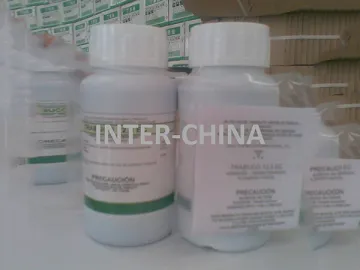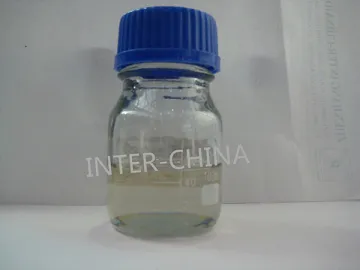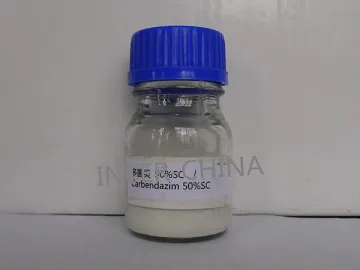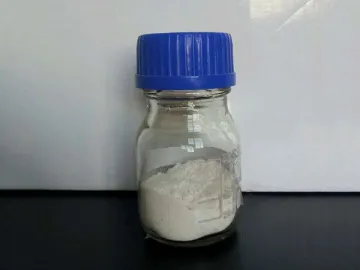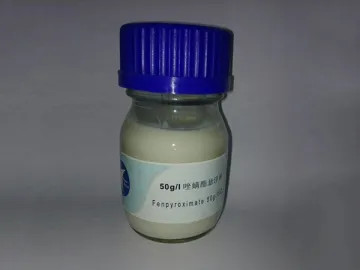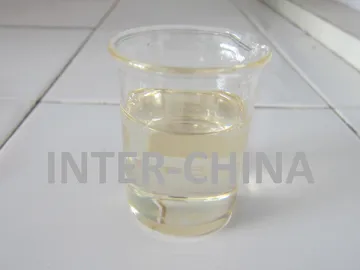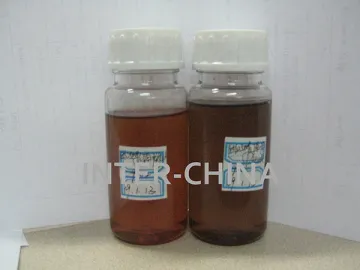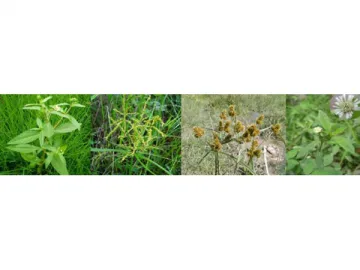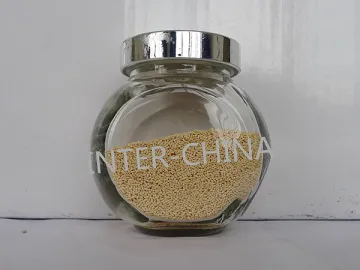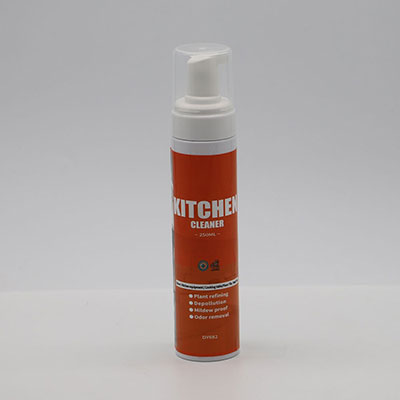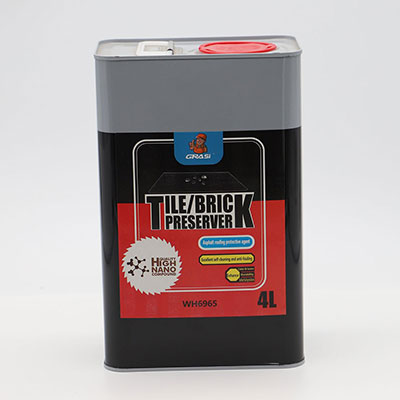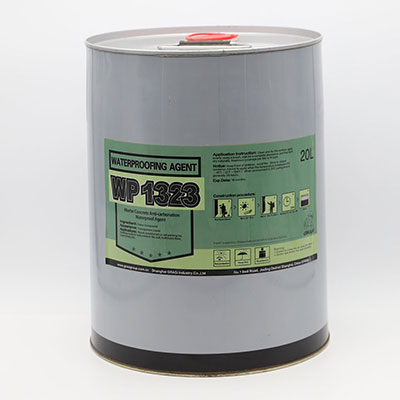Bentazone
CAS NO.: 25057-89-0
Bentazone is an organic chemical for use in herbicides. It is categorized under the thiadiazine group of chemicals. It is also called Bentazon, Basagran, Herbatox, Leader, or Laddock.
Function
Bentazone is a selective herbicide as it only damages plants unable to metabolize the chemical. It is considered safe for use on alfalfa, beans (with the exception of garbanzo beans), corn, peanuts, peas (with the exception of black-eyed peas), pepper, peppermint, rice, sorghum, soybeans and spearmint; as well as lawns and turf.
| Crop | Target | Rate of Use | Application |
| Rice field of transplant seedlings | Cyperus rotundus | 1800-2280 g/ha. | Spray |
| Rice fields of direct seeding cultivation | Cyperus rotundus | 1020-1500 g/ha. | |
| Rice fields of direct seeding cultivation | Broad leaf weed | 1080-1440 g/ha. | |
| Spring-grown soybean | Cyperus rotundus | 1440-1800 g/ha.(north) | |
| Rice field of transplant seedlings | Broad leaf weed | 1080-1440 g/ha. | |
| Spring-grown soybean | Annual broadleaf weed | 1440-1800 g/ha.(north) |
Use Precautions
1. Hand Protection
PVC or other plastic material gloves
2. Respiratory Protection
Use breathing apparatus only if aerosol or dust is formed.
3. Eye Protection
Safety glasses with side-shields
4. First Aid
If accidental poisoning occurs, wash the stomach with tannic acid or active carbon injectable suspension, and then send to see doctor.
5. Hygiene Measures
Handle in accordance with good industrial hygiene and safety practice.
6. Skin and Body Protection
Usual safety precautions while handling bentazone will provide adequate protection against this potential effect.
Note
1. In general, bentazone is quickly metabolized and degraded by both plants and animals. However, soil leaching and runoff is a major concern in terms of water contamination.
2. A number of limits have been placed on the chemical for farming use to reduce the possibility of toxic effects on humans.
3. This farm chemical is considered toxic to birds as it affects their reproductive capacities.
4. Among mammals, it is found to be moderately toxic when ingested or absorbed through the skin.
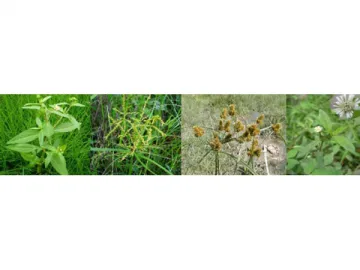
Links:https://www.globefindpro.com/products/75830.html
